In the sparsely populated settlements that lie in the shadow of the Carpathian Mountains, the presence of bears is keenly felt. Habitat and therefore food is becoming scarcer for bears because of illegal logging. On their quest for food, bears have to descend more frequently from the ancient forests into villages, which ultimately results in conflicts between man and bear.
-
Bears emerge on the quiet streets of a town in Transylvania. When night falls, and the streets become quiet, the bears come out and search for food


The thriving population is a result of the communist era, when Nicolae Ceaușescu reigned over the Romanian lands and obsessively intervened with nature. He created feeding stations for bears by ordering that cattle cadavers were dumped in the forests to increase the population.
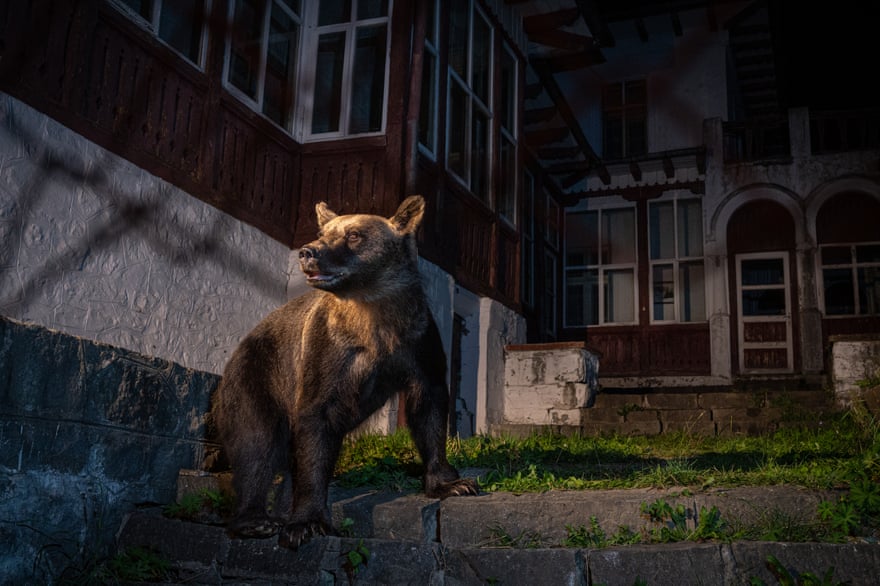
Ceaușescu also prohibited the hunting on bears, which was an act of self-interest. Only he and his party members were allowed to hunt bears, and horrific stories from this period still resonate. His actions resulted in the fact that by now Romania is home to more than half of the total population of brown bears in Europe. While other countries had to come up with reintroduction programs, Romanians suffer the consequences from Ceaușescu of his “aid”.
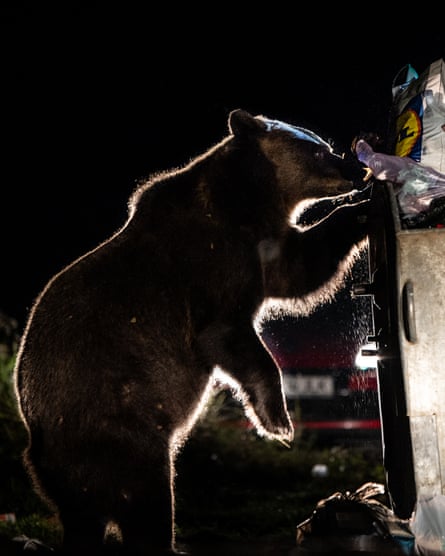
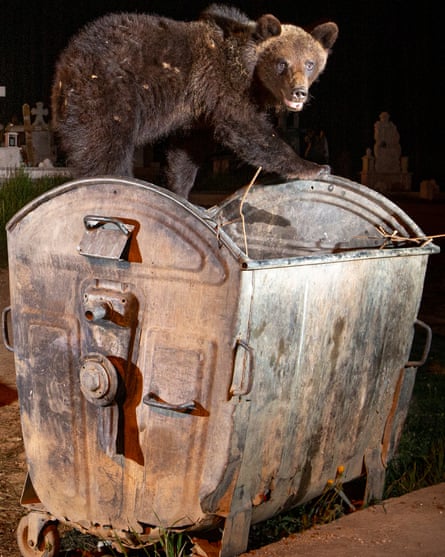

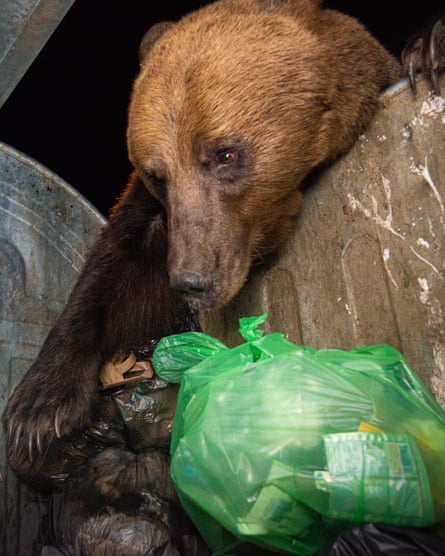
With this photo story we want to show a beautiful, but often overlooked part of Europe. One of the last places in this crowded continent that still harbours true wilderness. Where people have lived with big carnivores since the beginning of time. From remnants of people living among the now extinct cave-bear 35,000 years ago, to a dictator who obsessively intervened in the population of bears, to a modern society where almost everyone has a story about bears.
Romanians have a rich history with bears but have always struggled to co-exist with these large carnivores. Today, villages are being raided, tourist groups attacked and shepherds are bringing their sheep to the highest peaks of mountain ridges to protect their flocks, but Romanians also praise the bear as part of their winter traditions.
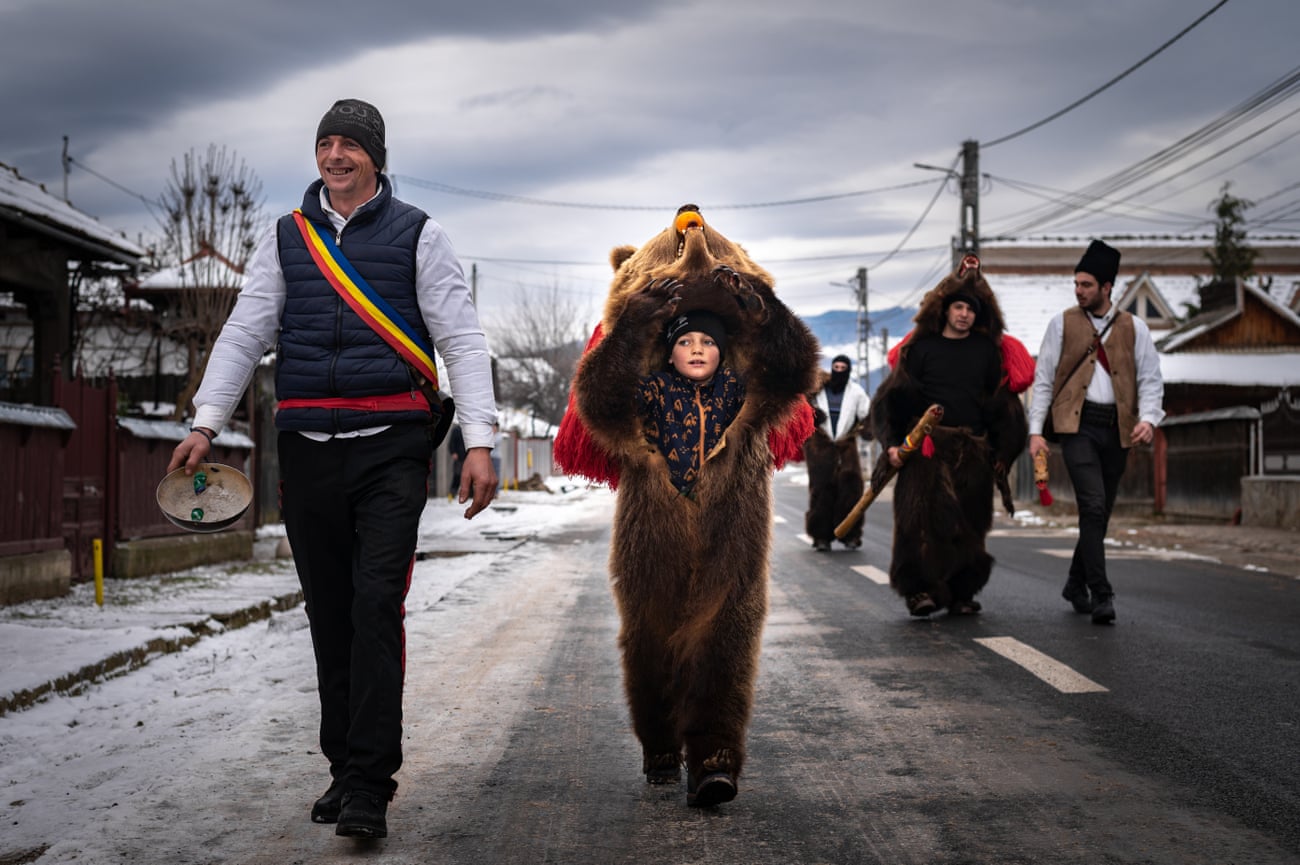
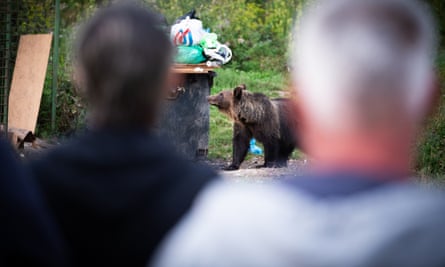

The natural carrying capacity for the bears is too low, so numerous villages and even larger towns in Transylvania such as Brasov, are raided by bears. It is believed there are around 6,000 bears roaming the Romanian forests. The struggle of living with bears eventually gained a priority on the governmental agenda, but the discussion about bear management is complex due to all the stakeholders involved.
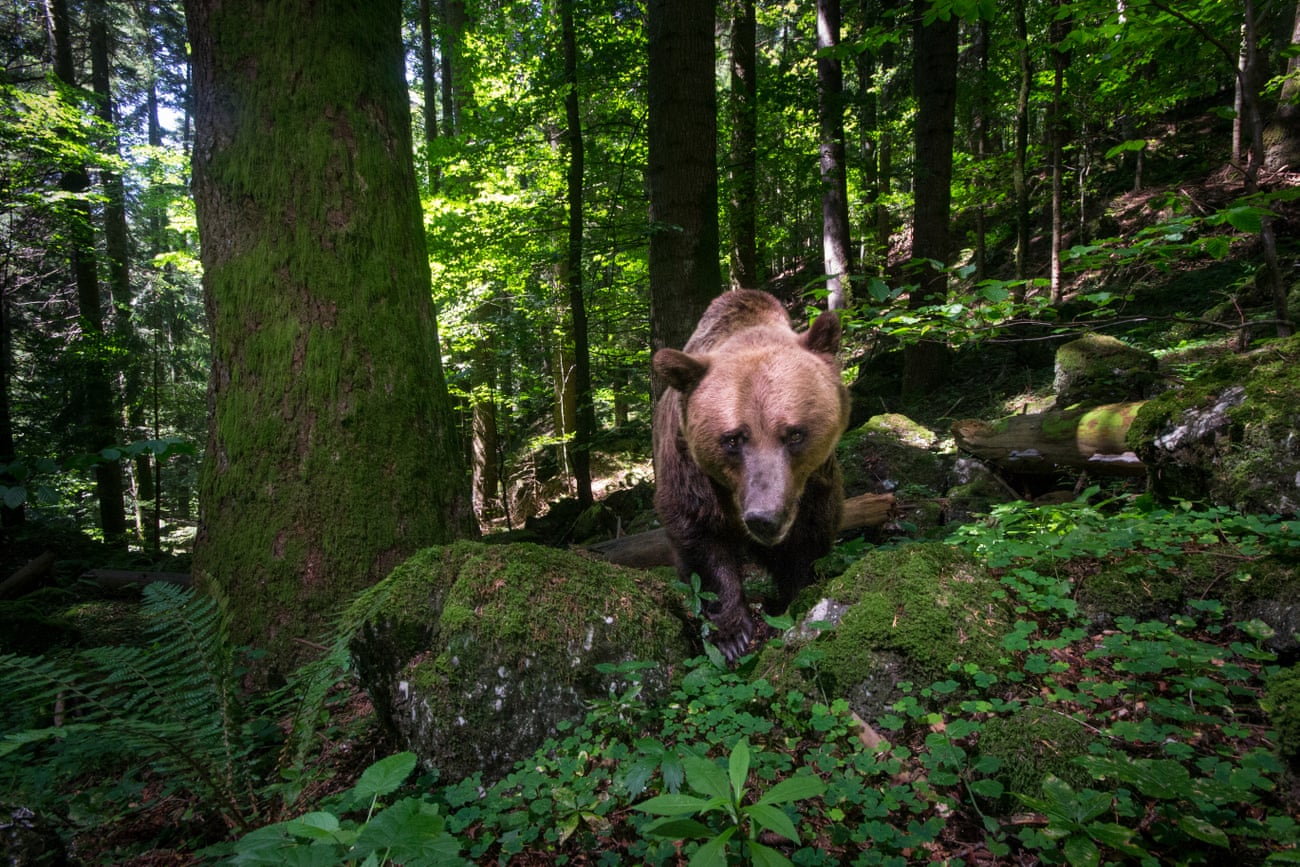
-
Above, a large female bear explores her natural habitat. Romania harbours one of Europe’s last remaining ancient forests. It is estimated that around 6,000 bears inhabit these forests
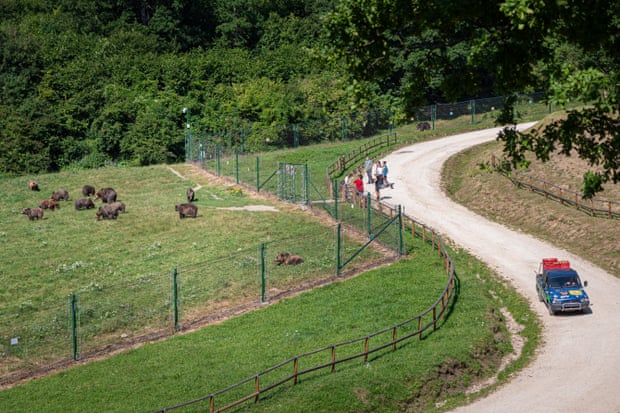
-
Around 300 bears live at Libearty Bear Sanctuary in Zarnesti where the enclosures are made to recreate their natural forest habitat. Bears are usually solitary animals, but as long as the bears have enough food, they can live alongside each other

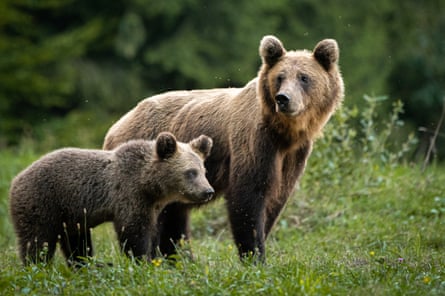
Each year hunting associations give figures for the total number of bears in their area. From this, the government calculates an annual quota of bears to be shot, but the hunters benefit from claiming artificially high numbers, which lead to biased results. In September 2019, Romania’s senate passed a bill to remove the brown bear from the list of protected species and allow for seasonal hunting. Environmental organisations responded by arguing that there was neither trustworthy proof of the population size nor the effects of the new legislation. More recently, the Romanian ministry of environment has announced that there would be thorough research to ascertain the actual situation.

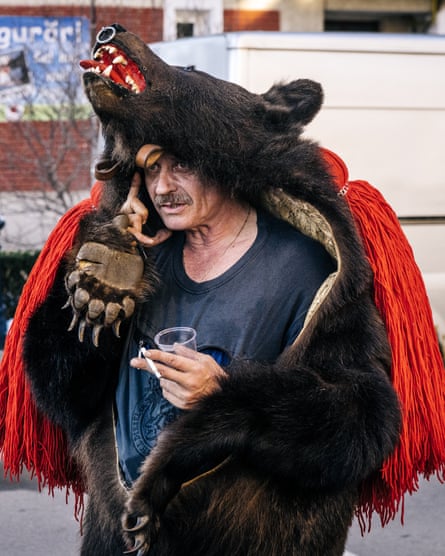

-
Several towns in Transylvania, Romania, worship bears with a traditional dance to fertilise and purify the soil, chase away evil spirits and to welcome the new year. The relationship between Romanians and these large carnivores has a rich history and this tradition is unique to the country

Meanwhile, in several towns in Transylvania bears are worshipped every winter by the traditional dance Ursul. A dance to fertilise and purify the soil, chase away evil spirits and to welcome in the new year. Besides worshipping, people have also created ways to make money from bears with expeditions and ecotourism.
While all of this seems encouraging, both for the bear population and locals, bears are still raiding bins, breaking through fences and destroying crops. These “trouble bears” are often moved to sanctuaries, but the capacities of these facilities are increasingly strained because of the species’ continued habitat loss.

While this is happening in the villages, higher up in the mountains, shepherds go to sleep every night covered in a thick blanket of mist, guarded by a pack of special bred livestock guardian dogs, not knowing what the night might bring.

